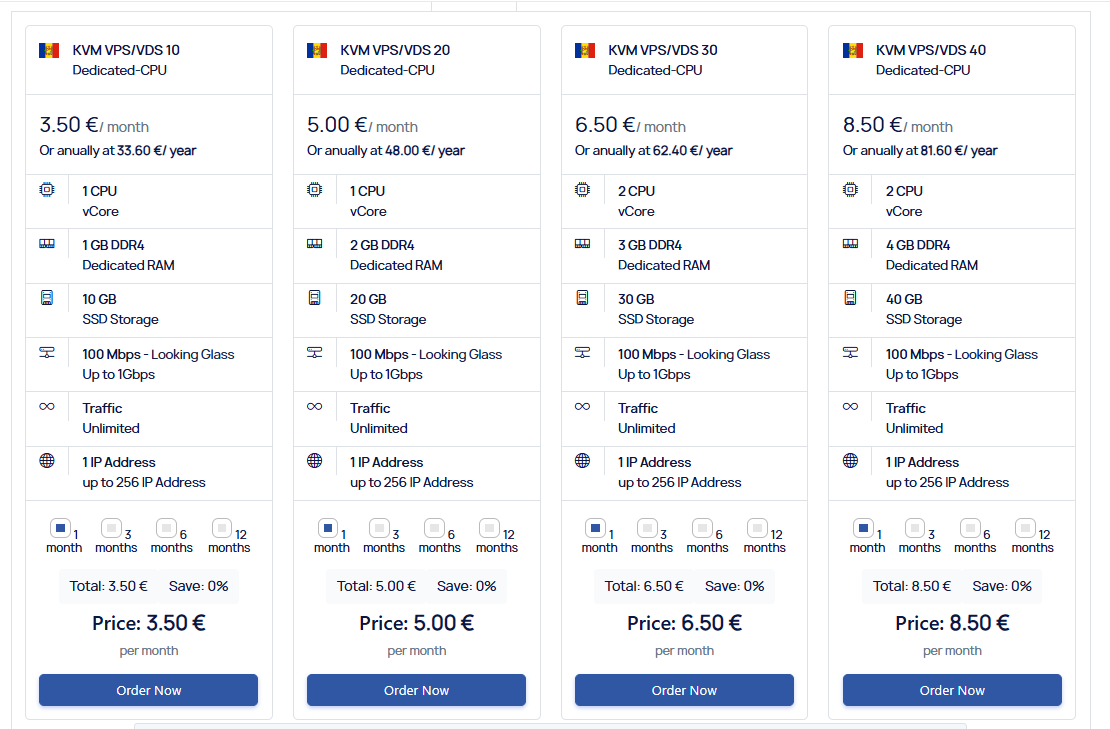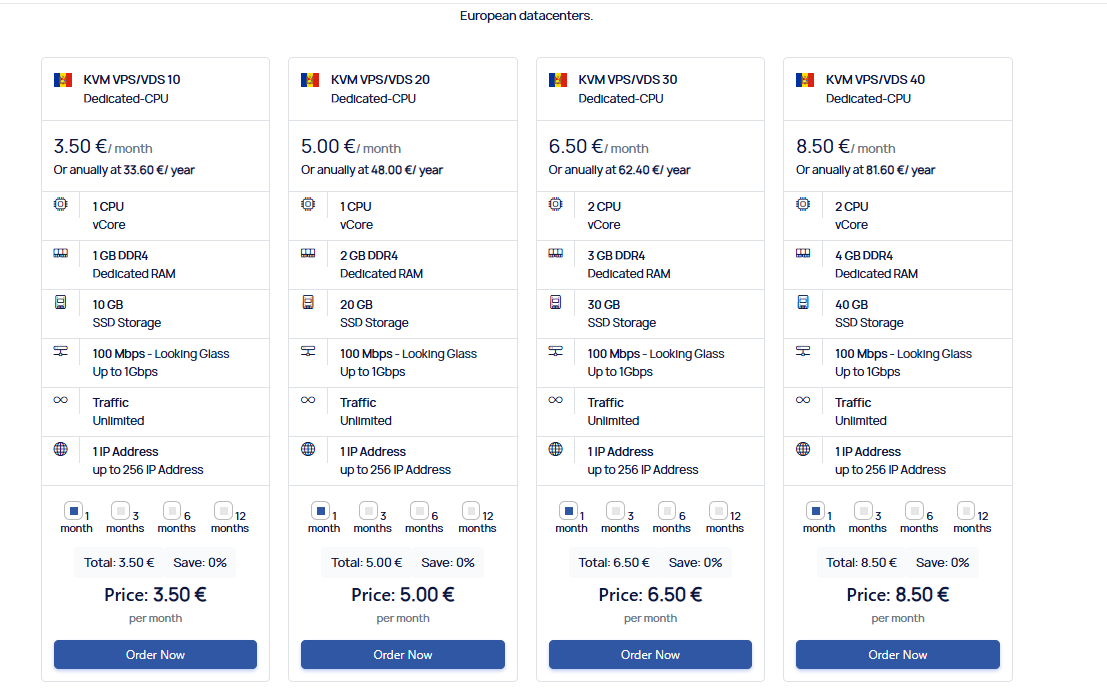Master Ruby on Rails Setup Easily with RailsSavvy Tips

Strong 8k brings an ultra-HD IPTV experience to your living room and your pocket.
Getting started with Ruby on Rails can be both exciting and challenging. Rails is one of the most powerful web frameworks available today, but setting it up correctly—especially on Linux systems like Ubuntu—often causes frustration. If you’re tired of struggling with installation errors, gem conflicts, or confusing environment setups, railssavvy.wordpress.com is a blog that can help you move past these obstacles quickly.
In this article, we’ll explore why RailsSavvy is an essential resource for Ruby on Rails developers, share practical advice on how to set up your Rails environment smoothly, and discuss common problems along with clear solutions.
Why Setting Up Ruby on Rails Can Be Difficult
Ruby on Rails is designed to make web development fast and enjoyable, but the setup process can sometimes get in the way of productivity. Common issues include:
- Conflicting Ruby versions causing command errors
- Failing gem installations due to missing system libraries
- Errors related to deprecated libraries like iconv
- Misconfigured shell environments leading to “command not found” messages
Many beginners waste hours trying to troubleshoot these issues, often turning to scattered internet forums or outdated guides that don’t quite fit their system.
How RailsSavvy Simplifies Ruby on Rails Setup
railssavvy.wordpress.com is different because it focuses on solving real problems faced by Rails developers, especially those using Linux-based systems like Ubuntu. The blog offers detailed, step-by-step instructions with commands you can copy and paste, making setup easier and more reliable.
Key Features of RailsSavvy
- Stepwise tutorials tailored for Ubuntu and Linux users
- Clear instructions on installing Ruby with RVM (Ruby Version Manager)
- Practical fixes for common gem installation errors
- Guides on resolving “iconv” library problems for legacy gems
- Tips on configuring shell startup files for environment consistency
By following RailsSavvy’s advice, you avoid wasting time on guesswork and get your environment ready for development faster.
Installing Ruby and Rails Using RVM
One of the most important recommendations from RailsSavvy is to install Ruby using RVM, a Ruby version manager that allows you to install and switch between multiple Ruby versions easily.
Why Use RVM?
- Keeps Ruby separate from the system’s default version
- Prevents version conflicts between different projects
- Manages gemsets to isolate project dependencies
- Step-by-Step Guide from RailsSavvy
Import GPG keys and install RVM securely:
gpg --keyserver hkp://keys.gnupg.net --recv-keys 409B6B1796C275462A1703113804BB82D39DC0E3
\curl -sSL https://get.rvm.io | bash -s stable
source ~/.rvm/scripts/rvm
Install Ruby (example Ruby 3.0.0):
rvm install 3.0.0
rvm use 3.0.0 --default
Install Rails:
gem install rails
Create a gemset for your project (optional but recommended):
rvm gemset create myproject
rvm gemset use myproject
Using RVM as RailsSavvy shows, you avoid many issues related to Ruby versions and gem conflicts.
Fixing Gem Installation Errors with System Dependencies
A very common stumbling block is the “failed to build native extension” error during gem installations. This typically means some essential Linux packages are missing.
What RailsSavvy Recommends Installing on Ubuntu
sudo apt-get update
sudo apt-get install build-essential libssl-dev libreadline-dev zlib1g-dev
These packages provide the compilers and libraries gems need to build native extensions correctly.
Why This Matters
Without these system packages, gems like nokogiri, pg, or puma often fail to install, blocking your project from running. RailsSavvy’s advice ensures these dependencies are met, saving time and headaches.
Dealing with the Iconv LoadError
If you’re maintaining legacy Rails projects or using older gems, you might encounter an error like:
cannot load such file -- iconv (LoadError)
This happens because Ruby removed the iconv library from its standard distribution after version 2.2.
RailsSavvy’s Simple Fix
Add the standalone iconv gem to your project’s Gemfile:
gem 'iconv', '~> 1.0.3'
Then run:
bundle install
This step resolves the iconv error and allows older gems to work properly again.
Configuring Your Shell Environment for Consistency
Even with the right Ruby and gem setup, misconfigured shell environments cause errors like “rvm: command not found” or gems not being recognized.
RailsSavvy explains the differences between .bashrc, .bash_profile, and .profile, showing how to:
- Add RVM sourcing to your shell config
- Update the PATH variable properly
- Reload your shell environment for changes to take effect
For example, adding this line to .bashrc or .bash_profile:
source "$HOME/.rvm/scripts/rvm"
helps ensure RVM commands are always available, avoiding confusing errors.
Practical Tips to Get the Most from RailsSavvy
- Bookmark the blog and search for solutions specific to your errors.
- Follow the exact commands for your system to avoid typos.
- Keep your system packages updated to avoid incompatibilities.
- Use gemsets to isolate projects and avoid dependency conflicts.
- Check Ruby and Rails versions regularly for compatibility.
Conclusion:
RailsSavvy Is the Key to a Smooth Rails Experience
Setting up Ruby on Rails on Linux doesn’t have to be a nightmare. Thanks to railssavvy.wordpress.com, many developers have overcome installation hurdles and environment headaches with clear, practical guidance tailored for Linux users.
Whether you’re a beginner just installing Ruby and Rails or maintaining legacy projects with tricky gem dependencies, RailsSavvy’s tutorials provide a trustworthy roadmap. Follow their advice on RVM installation, system package setup, and environment configuration to get your Rails development running smoothly.
Start your journey with RailsSavvy today, and spend more time coding and less time troubleshooting.
Note: IndiBlogHub features both user-submitted and editorial content. We do not verify third-party contributions. Read our Disclaimer and Privacy Policyfor details.




